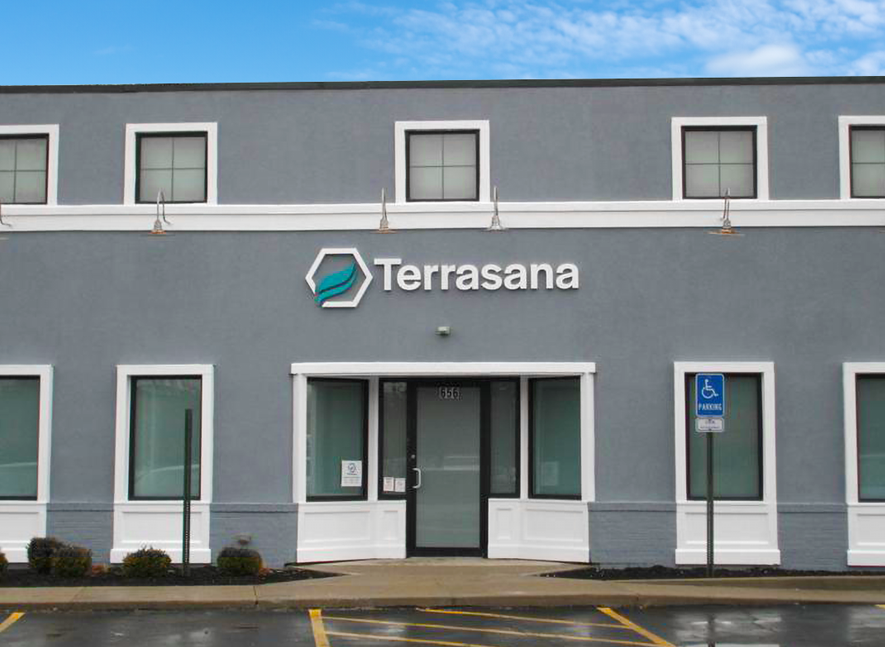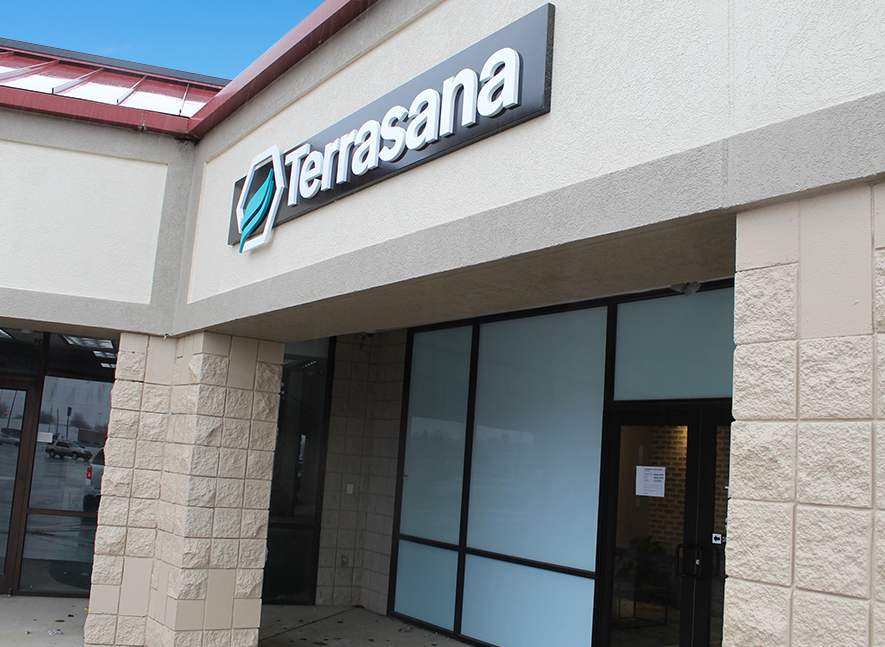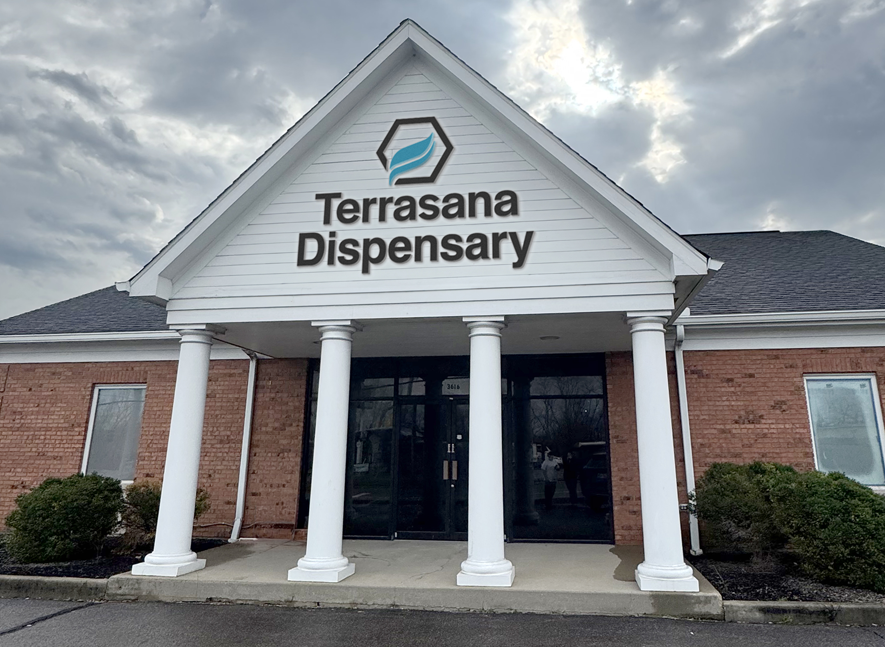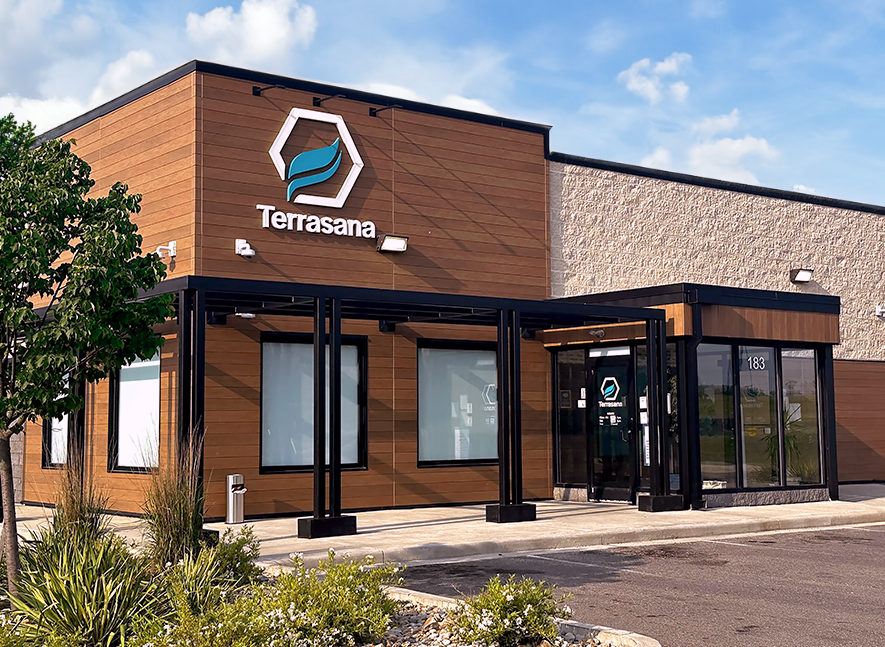What Is the Difference between Hemp and Marijuana?
Despite some popular misconceptions, hemp and marijuana are both strains of Cannabis sativa. The differences between these plants are found in their cannabinoid composition, as well as their common uses.
According to the Agriculture Improvement Act of 2018 (2018 Farm Act), the legal difference between hemp and marijuana is simple: Hemp is defined as cannabis with a THC concentration of not more than 0.3 percent on a dry weight basis.
Hemp—sometimes called industrial hemp—is cultivated for a variety of applications, including fiber for clothing, food sources, and many CBD-based products.
Marijuana refers to those strains of Cannabis Sativa that are cultivated because they produce greater levels of THC (i.e., greater than 0.3%)—as well as other cannabinoids. Medical marijuana products sold in Terrasana dispensaries are derived from these strains.
One other distinction between hemp and marijuana involves the sex of the plants cultivated. The sex of the cannabis plant determines the nature of the flower produced–and because THC is principally produced in the flower of the female plant, cultivated marijuana plants are almost exclusively female.
- Cited source: United States Department of Agriculture | https://www.ers.usda.gov/agriculture-improvement-act-of-2018-highlights-and-implications/
- Cited source: National Institutes of Health | https://www.ncbi.nlm.nih.gov/pubmed/26308334





